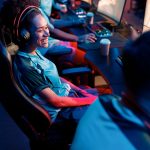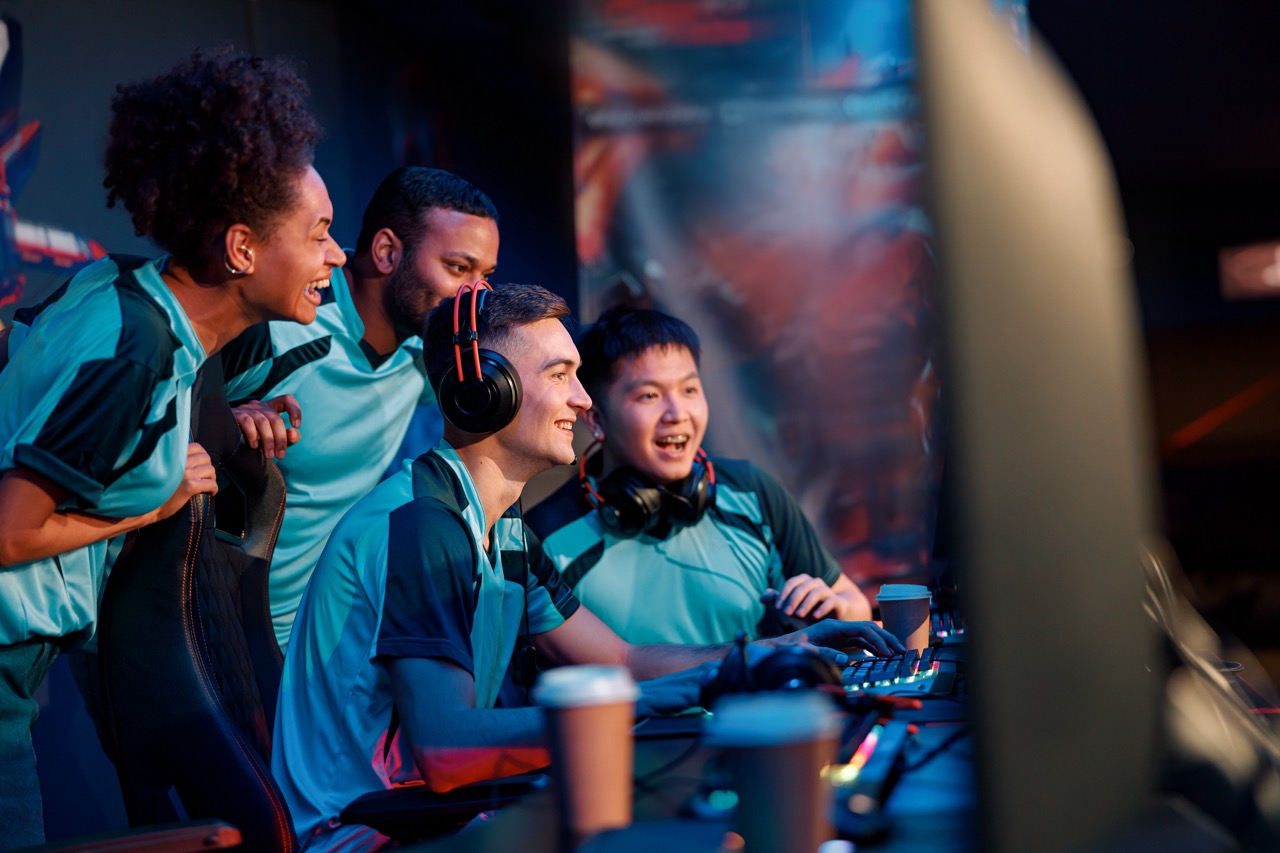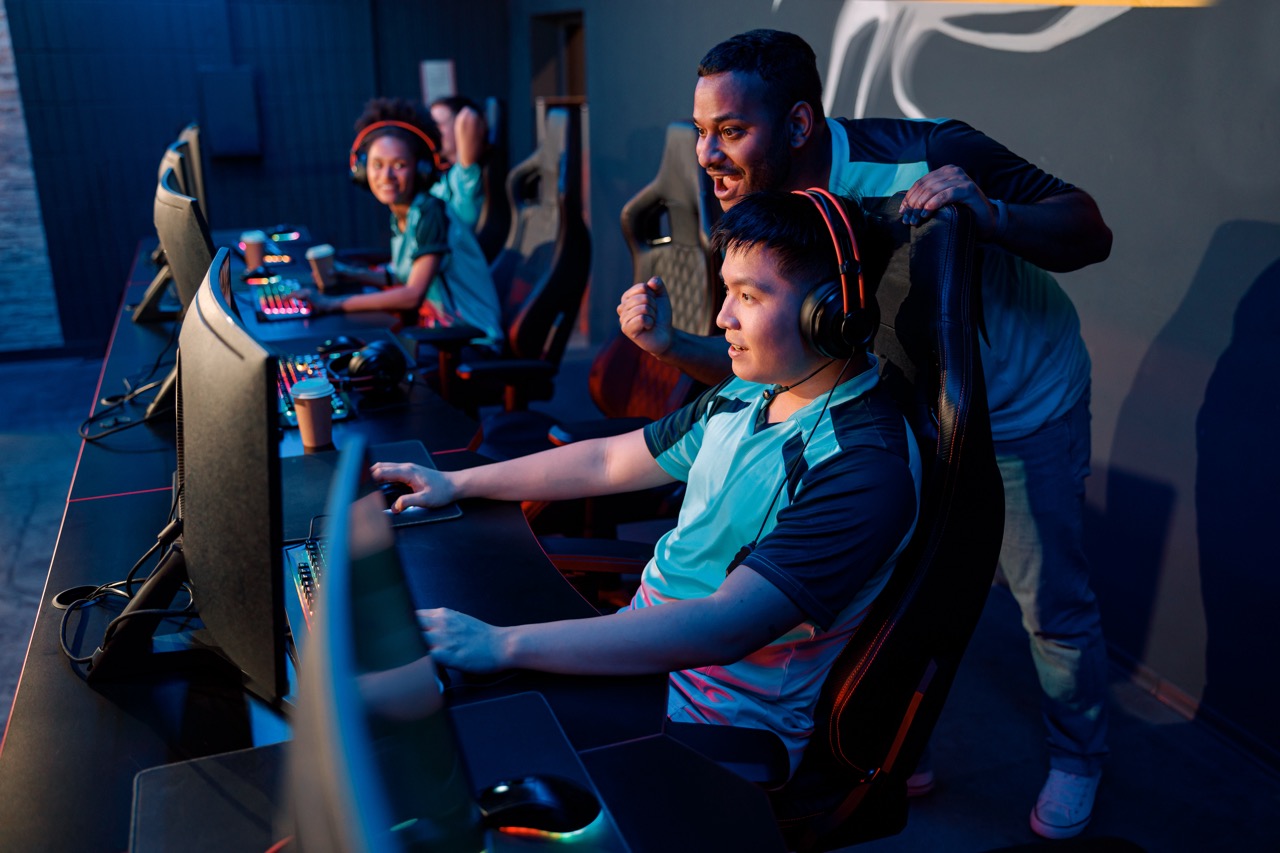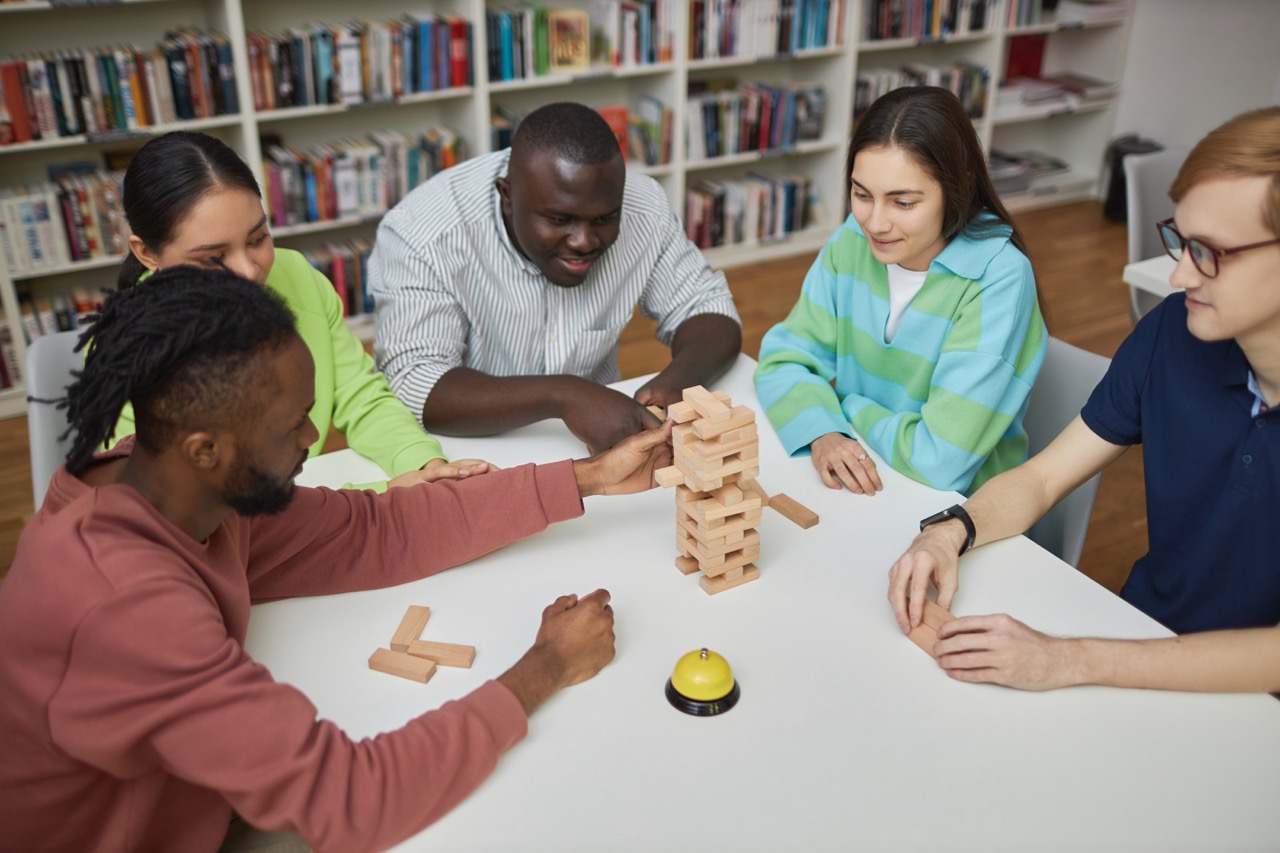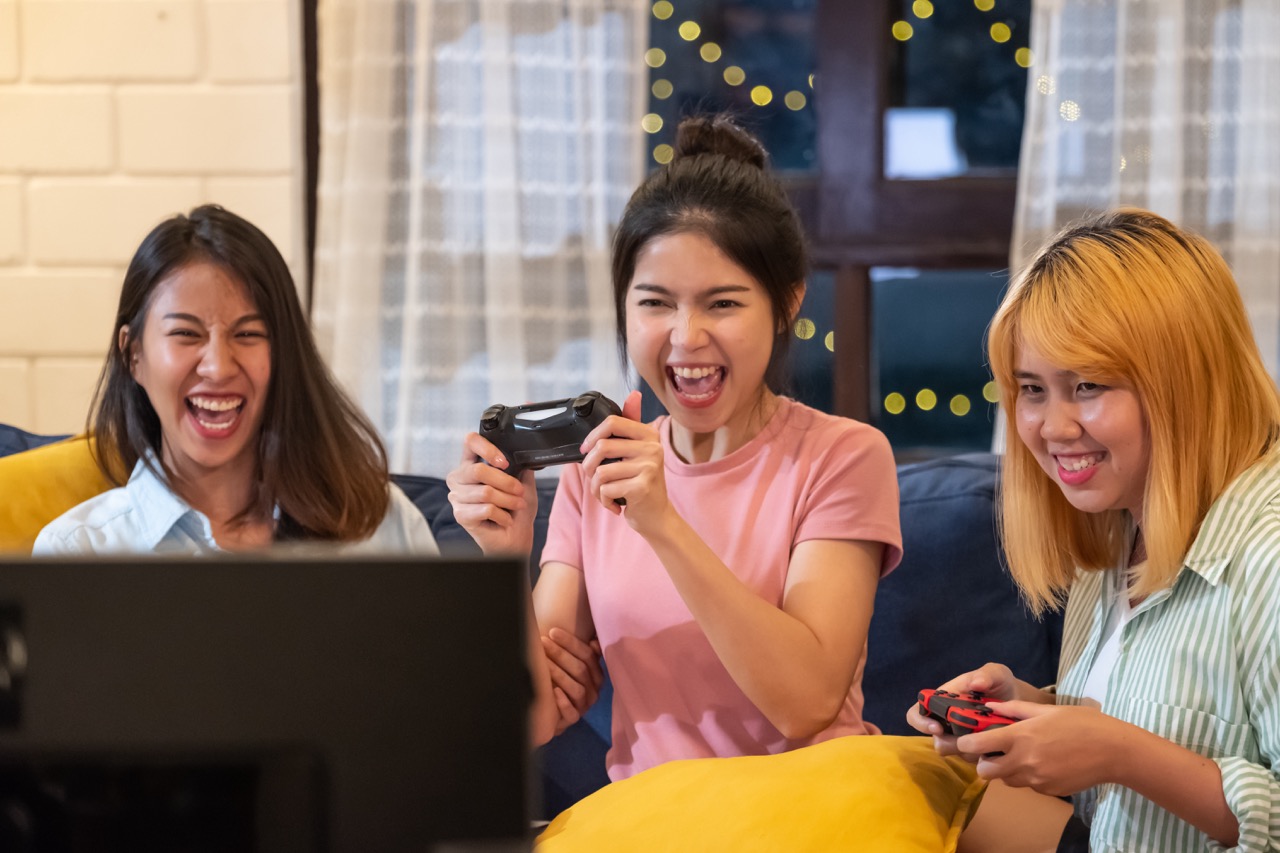The world of game development is often shrouded in mystery, with many aspiring developers wondering what a typical day looks like. From the early morning hours to the late-night coding sessions, every game developer has their own unique routine. In this article, we’ll explore a day in the life of a game developer, highlighting the various stages of their workday and how they balance creativity, collaboration, and technical skills to bring their games to life.
Waking Up: The Early Start of a Game Developer’s Day
The day usually starts early for a game developer, often around 7:00 AM or even earlier. There’s something invigorating about the quiet of the morning, especially for those who thrive in solitude. After hitting the snooze button a couple of times, it’s time to roll out of bed, stretch a little, and mentally prepare for the day ahead. This is when many developers take a moment to visualize their goals, whether it’s finalizing a game level or squashing a pesky bug.
Morning routines vary widely; some developers prefer a quick workout to kickstart their day, while others might dive into a bit of light reading or meditation to spark creativity. The key is to find something that energizes them for the task at hand. The anticipation of what the day might bring—new challenges, breakthroughs, or perhaps even a frustrating setback—adds a little thrill to the morning routine.
As the clock ticks closer to the work hour, breakfast becomes essential. Fueling up on healthy carbs and proteins not only keeps energy levels up but can also kickstart the brain’s creative juices. A balanced meal might include oatmeal, eggs, or a smoothie packed with greens. There’s a certain satisfaction in nurturing the body before diving headfirst into the complexities of game design and development.
Finally, it’s time to head to the workspace—whether it’s a home office or a collaborative studio environment. The commute might be a short walk down the hallway or a brisk drive through the city, but it serves as a transition from personal time to professional focus. The excitement for the day ahead is palpable, as developers look forward to tackling projects that will eventually delight players around the world.
Morning Coffee: Fueling Creativity and Coding Sessions
Once settled in at the workstation, most game developers reach for that much-needed cup of coffee. This ritual is more than just a caffeine fix; it’s a moment of comfort and familiarity that sets the tone for the day. The aroma of freshly brewed coffee fills the air, creating a cozy atmosphere where ideas can flourish. Some developers opt for fancy espresso drinks, while others prefer classic black coffee—whatever it takes to kickstart their creative engines.
The first hour of work often involves checking emails, messages, or any project management tools that the team uses. This is a crucial time for developers to catch up on communications, review feedback from team members, and plan out their tasks. The coffee helps focus the mind, making it easier to sift through design documents, bug reports, or new feature requests.
Once the morning rush settles, it’s time to dive deeper into development. Armed with caffeine and a clear plan, developers engage in various tasks, such as coding, designing assets, or refining gameplay mechanics. This blend of creativity and logic is essential in game development, as they must marry artistic vision with technical execution. The coffee serves as a companion during these intense focus sessions, providing the energy needed to push through complex coding challenges.
As the clock approaches noon, the atmosphere in the office or home workspace often buzzes with creativity. Developers might share snippets of their work, exchange ideas, or brainstorm solutions to tricky problems. Coffee breaks become informal meetings filled with lively discussions about game mechanics, art style, or even the latest gaming trends. It’s during these moments that collaboration flourishes, leading to unexpected breakthroughs and innovations.
Team Stand-Up: Collaborating with Fellow Game Creators
Team stand-ups are a staple in most game development studios, often held mid-morning. These brief meetings, typically lasting around 15-30 minutes, bring the entire team together to share updates, discuss progress, and address any challenges. Each developer takes turns sharing what they accomplished the previous day, what they plan to work on today, and any obstacles they might be facing. This ritual helps foster communication and ensures everyone is aligned with project goals.
During stand-ups, developers get a sense of the collective momentum of the team. The camaraderie built through shared challenges and achievements creates an encouraging environment. It’s not uncommon for developers to offer assistance or advice during these meetings, collaborating to find solutions to tricky problems. The stand-up serves as a reminder that they are all part of a larger mission: to create an immersive and engaging game.
As development teams grow, so do the complexities of communication. Stand-ups help streamline this process and prevent any misalignments that might slow progress. Developers are also encouraged to provide feedback and share insights about the direction of the project. This openness fosters a culture of continuous improvement, where ideas can be refined and enhanced collaboratively.
Once the stand-up wraps up, the team feels reinvigorated. There’s an infectious energy in the air as developers disperse back to their workstations. With fresh perspectives and a clearer vision of their roles, they dive into their tasks, often eager to implement the ideas discussed during the meeting. The collaborative spirit ignites creativity, leading to innovative features and solutions as the day unfolds.
Coding and Design: Balancing Art and Functionality
With the team’s direction in mind, game developers immerse themselves in their respective domains of coding and design. This phase of the day is where the magic happens—bringing characters, worlds, and gameplay to life. For developers, coding is not just about writing lines of text; it’s about problem-solving and crafting engaging experiences for players. Each function they write is a small step toward building something incredible.
Art and functionality must go hand in hand in game development. Designers focus on the aesthetics of the game, ensuring that visuals capture the intended mood and style, while programmers make those visuals interactive and responsive. This synergy between art and code is vital, as it determines how players experience the game. Sometimes, this means long hours of tweaking, testing, and refining until everything feels just right.
The process can be exhilarating yet challenging. Developers often encounter bugs or performance issues that require quick thinking and adaptability. Debugging becomes a puzzle to solve, one that can lead to unexpected discoveries or improvements. The thrill of overcoming coding challenges adds a layer of excitement to the daily grind. There’s nothing quite like the rush of seeing a feature come to life after hours of hard work.
As the day progresses, collaboration doesn’t stop. Developers may share their screens with teammates for feedback on artwork, animations, or game mechanics. This feedback loop is crucial; constructive critiques lead to better designs and code quality. By the end of the coding and design sessions, developers often feel accomplished, having made significant strides in their projects while balancing creativity with technical prowess.
Lunchtime Breaks: Relaxing and Recharging the Mind
After a productive morning of intense focus and collaboration, it’s finally time for a much-deserved lunch break. Developers eagerly step away from their workstations, often bonding with colleagues over shared meals. Lunchtime is a breather—a moment to recharge both physically and mentally. It’s essential for maintaining energy levels throughout the day, especially when working on complex projects.
For some developers, lunchtime is about enjoying a homemade meal, while others might opt for takeout from their favorite local spot. Conversations often drift from work-related topics to light-hearted banter, favorite games, or even the latest developments in the gaming industry. This social interaction is a vital part of the workday, allowing developers to unwind and strengthen team connections.
Mindfulness during lunch is also key. Some developers may take a walk outside to clear their heads and gain a fresh perspective, while others might prefer to indulge in a little gaming during their downtime. Stepping away from the screen is pivotal, as it gives the brain a chance to process ideas subconsciously. This break can lead to those “aha!” moments where solutions to persistent problems suddenly become clear.
As lunch wraps up, developers return to their workspaces feeling refreshed and ready to tackle the second half of the day. The break not only replenishes their energy but also stimulates creativity, allowing them to view their projects from a new angle. With renewed focus, they dive back into coding and design, ready to make further progress on their game development journey.
Evening Wrap-Up: Reflecting on Progress and Tomorrow’s Goals
As the workday winds down, game developers begin the evening wrap-up ritual—a time for reflection and planning. This is an essential part of the day, where they review what they accomplished, celebrate successes, and identify areas for improvement. The final hour allows developers to close loops on tasks, ensuring that they leave the day with a sense of accomplishment and clarity.
Many developers maintain a to-do list or project management tool to track their progress. This is where they can visualize what was completed and what remains on their plate. As they cross off completed tasks, a feeling of satisfaction washes over them—proof of their hard work and dedication. The wrap-up session often sparks discussions about what worked well and what could be done differently in the future.
Setting goals for the next day becomes a significant focus during this time. Developers often jot down their priorities, ensuring that they hit the ground running the following morning. These goals might include tackling specific coding challenges, designing new levels, or collaborating with teammates on shared projects. This proactive approach helps maintain momentum and keeps projects moving forward.
After the final tasks are completed, it’s time to shut down the computer and transition from work to personal time. The evening can be spent unwinding with a good book, diving into a new game, or spending time with family and friends. As the day comes to a close, game developers reflect on the journey they are on—contributing to a world filled with storytelling, creativity, and immersive experiences.



